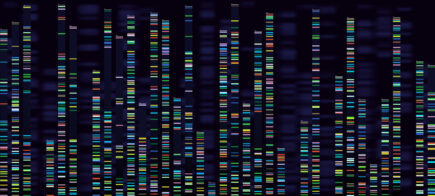Obtain accurate and reliable full length plasmid sequencing with our Next Generation Sequencing service.

Life Sciences
Best-in-class DNA transfection reagent
Highly efficient
Maximal gene expression in easy and hard-to-transfect cells
Cost-effective
Minimum reagent volume and DNA quantity required
Biologically relevant
Excellent cell viability & morphology
Time-saving
Transfection with an optimized ready-to-use protocol
| Reagent | jetOPTIMUS® DNA Transfection Reagent |
|---|---|
| Molecule delivered | Plasmid DNA |
| Applications | Transient and stable gene expression from plasmid DNA transfection |
| Cell types | Adherent cells and hard-to-transfect cells: |
| Number of transfections | 1.5 ml of jetOPTIMUS® transfection reagent is sufficient to perform 3 000 transfections in 24-well plates or 750 transfections in 6-well plates following the standard protocol |
| Storage | Store jetOPTIMUS® at 5 °C ± 3°C. |
| Provided with | jetOPTIMUS® Buffer |
jetOPTIMUS® is a powerful transfection reagent that improves cellular uptake and endosomal escape of DNA in adherent cells resulting in higher transfection efficiency, even in hard to transfect cells. Tested on various primary cells and cancer cell lines, jetOPTIMUS® proved its superiority by reaching higher transfection efficiencies and gene expression with minimal impact on cell viability and morphology.
jetOPTIMUS® is highly efficient for DNA delivery for various applications, such as transient and stable gene expression, CRISPR genome editing using DNA approach, as well as virus production in small scale.